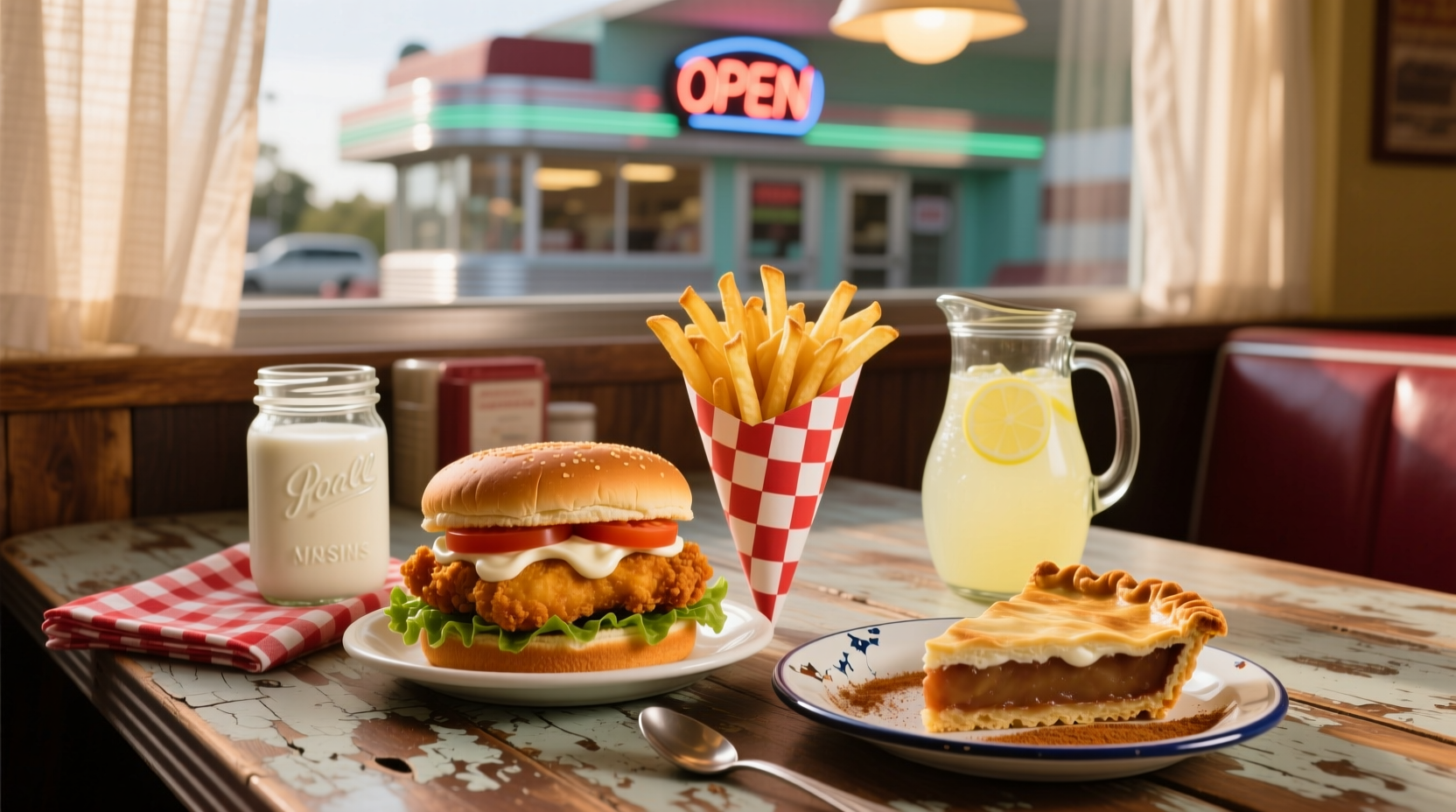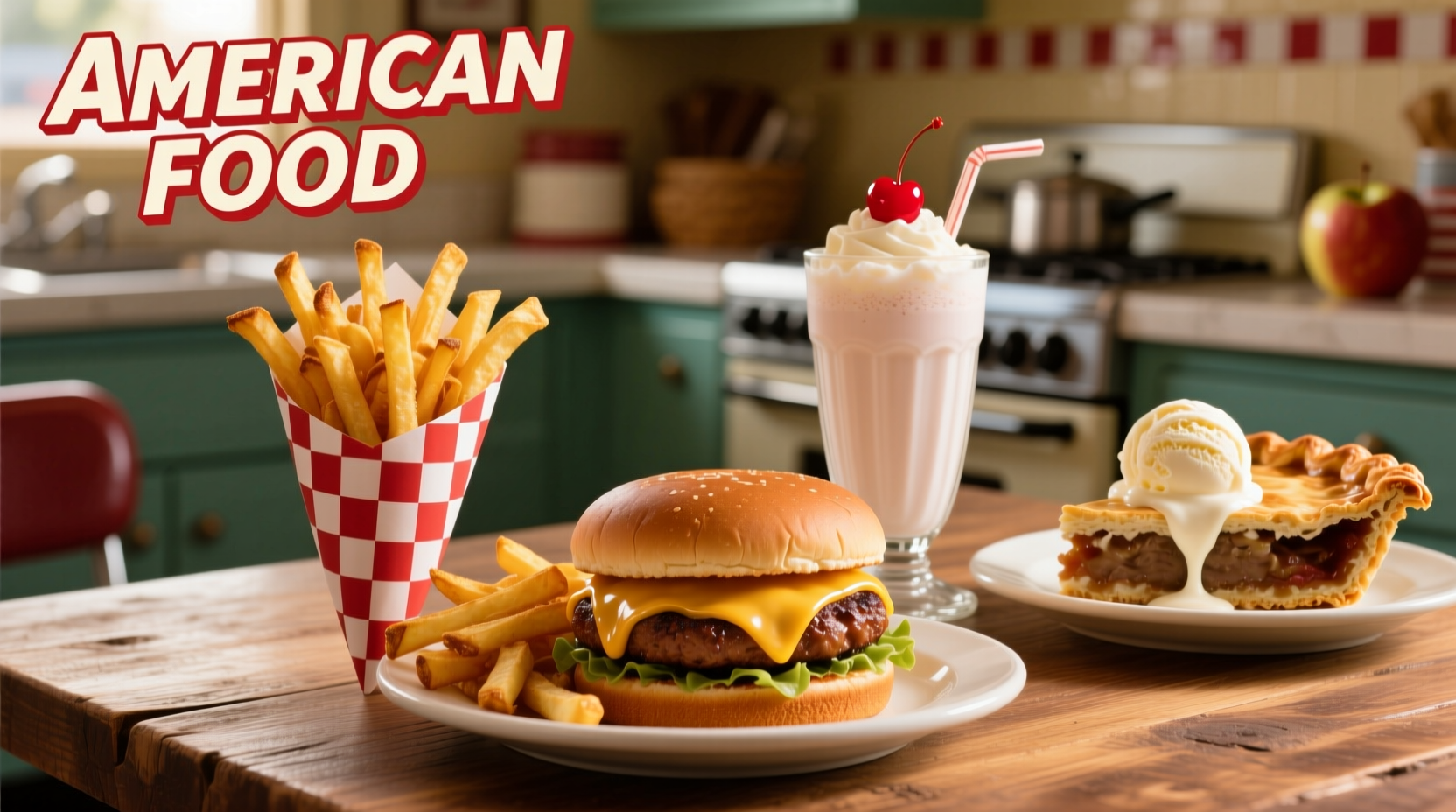What Truly Defines American Cuisine Beyond Stereotypes
When you search what are american foods, you're likely tired of oversimplified answers about burgers and fries. American cuisine is a dynamic tapestry woven from centuries of cultural exchange, agricultural innovation, and regional adaptation. Forget the fast-food stereotypes—America's culinary identity spans from Indigenous corn-based dishes to modern fusion creations.
The Historical Evolution of American Food Traditions
America's food story begins long before European contact. Native American tribes cultivated the "Three Sisters"—corn, beans, and squash—which formed the nutritional foundation for early settlers. The 16th-19th centuries brought transformative influences:
Regional American Foods You Should Know
America's culinary landscape varies dramatically by region. This comparison shows how geography and cultural heritage shape distinctive food traditions:
| Region | Signature Dishes | Key Influences | Historical Origins |
|---|---|---|---|
| New England | Clam chowder, baked beans, lobster rolls | British, French Canadian | Colonial-era seafood preservation techniques |
| South | Fried chicken, gumbo, collard greens | African, French, Native American | Plantation-era cooking with West African techniques |
| Southwest | Tacos, enchiladas, green chile stew | Mexican, Native American | Mexican-American War era cultural blending |
| Midwest | Deep-dish pizza, hotdish, bratwurst | German, Scandinavian, Polish | 19th century European immigrant traditions |
| West Coast | California rolls, Mission burritos, avocado toast | Asian, Mexican, Mediterranean | 20th century fusion and farm-to-table movement |
Context Matters: What Qualifies as "American" Food
Defining what are american foods requires understanding important context boundaries. Many dishes considered "American" actually represent specific immigrant communities:
- Tex-Mex (chili con carne, nachos) originated from Mexican-American communities in Texas, not Mexico
- Chinese-American dishes like General Tso's chicken were created in the US for American palates
- Italian-American specialties like spaghetti and meatballs differ significantly from regional Italian cuisine
The USDA's Economic Research Service confirms that authentic regional American foods often represent localized adaptations rather than direct imports from other countries.
Iconic American Foods Worth Trying
Move beyond what are american foods basics with these culturally significant dishes:
Indigenous-Influenced American Foods
Fry bread, succotash, and Three Sisters stew showcase Native American culinary contributions that predate European contact. The Smithsonian's National Museum of the American Indian documents how these dishes sustained communities for centuries before becoming mainstream American foods.

African-American Culinary Heritage
Soul food represents one of America's most influential culinary traditions. Dishes like fried chicken, collard greens with smoked meats, and cornbread originated from West African cooking techniques adapted using available ingredients during slavery. The James Beard Foundation recognizes this heritage as fundamental to understanding what are american foods beyond commercial stereotypes.
Modern American Fusion Creations
Contemporary American cuisine continues evolving through creative fusion. California rolls (Americanized sushi), Nashville hot chicken (Korean-inspired spice technique), and Korean-Mexican tacos demonstrate how immigrant influences continually reshape the American food landscape. Food historian Jessica B. Harris notes in her research that "American food is defined by its constant reinvention."
Why American Food Diversity Matters Today
Understanding what are american foods helps us appreciate how culinary traditions reflect America's social history. The Library of Congress's American cookery collection reveals how recipes document immigration patterns, economic shifts, and cultural exchanges. When you explore authentic regional American foods, you're experiencing living history shaped by countless communities.
Frequently Asked Questions About American Foods
What are the most iconic American foods that originated in the United States?
Hamburgers, hot dogs, apple pie, fried chicken, and barbecue represent iconic American foods with distinct regional variations. Dishes like clam chowder (New England), gumbo (Louisiana), and Tex-Mex cuisine originated within the United States through cultural blending of Indigenous, European, African, and immigrant influences.
How did immigration shape American food culture?
Immigration fundamentally shaped American cuisine. Italian immigrants popularized pizza in the early 20th century, Chinese immigrants created Americanized dishes like chop suey, and Mexican communities developed Tex-Mex cuisine. Each wave of immigrants adapted their traditional recipes using available ingredients, creating uniquely American food traditions that reflect the nation's cultural diversity.
What distinguishes regional American cuisines?
Regional American cuisines differ based on geography, climate, and cultural heritage. New England features seafood-based dishes, the South emphasizes soul food with African influences, the Southwest showcases Tex-Mex cuisine, the Midwest highlights European immigrant traditions, and the West Coast pioneers fusion cuisine. These regional specialties reflect historical settlement patterns and local agricultural resources.
Are fast food dishes considered authentic American foods?
While fast food like burgers and fries has become globally associated with American cuisine, they represent only a small portion of authentic American foods. Traditional regional specialties such as New England clam chowder, Southern barbecue, and Midwestern hotdish offer more representative examples of America's diverse culinary heritage that extends far beyond commercial fast food.











 浙公网安备
33010002000092号
浙公网安备
33010002000092号 浙B2-20120091-4
浙B2-20120091-4